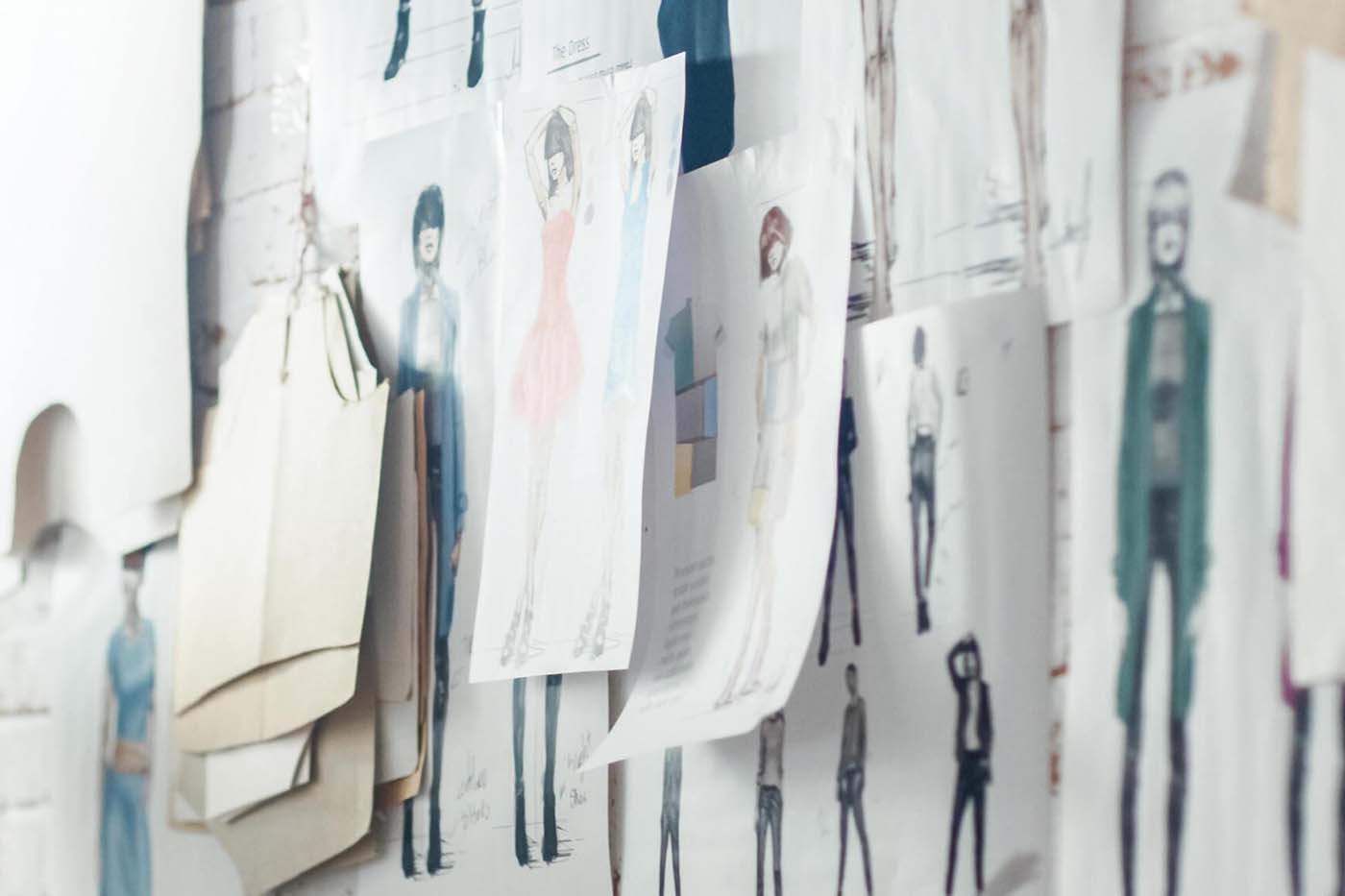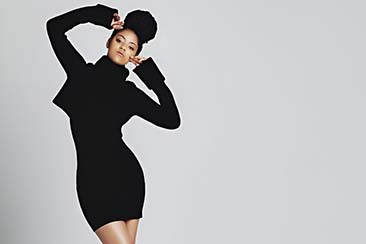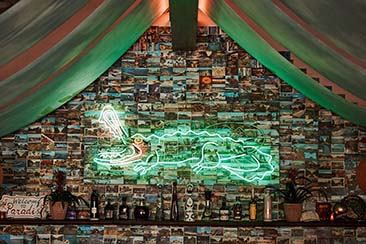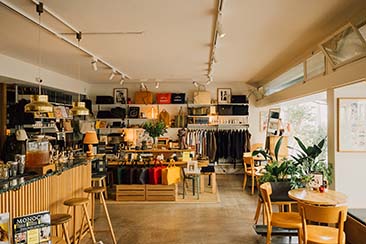When it comes to the world’s biggest pollutants, there’s no doubt that the fashion industry is a major contender. Clothing production alone requires water, energy, and other natural and artificial resources harmful to the environment, while garments that contain fossil fuel-derived components like polyester often degrade into pollutants after disposal. These effects are often more prevalent in high-end fashion.
Aside from using rare and sometimes unethically sourced materials like fur and other animal-derived products, designer brands also participate in multiple trade and fashion shows every year. The cost of flying countless designers, buyers, and other celebrity and influencer attendees to Paris, Milan, and New York results in carbon emissions that can light up Times Square for a solid half-century or more. Luxury products also churn a consistent level of high demand, ensuring their environmental impact increases over time.
This has spurred countless calls for the fashion industry to hold themselves accountable and conduct more environmentally-friendly initiatives. That’s especially true with the rise of Gen Z consumers and the increasing demand they bring with them for more sustainably- and ethically-produced products. Designer brands are listening—here’s what a few of them are doing to promote more eco-friendly production and consumption in the fashion industry.
Stella McCartney and Gucci: Enhanced production and supply chains
A major issue for the fashion industry is where they source their materials, how they turn these materials into luxury pieces, and how these pieces are then packaged for transporting to the customer. Though these logistics are intricate and difficult to rework, Gucci and Stella McCartney prove that it’s possible for designer brands to do so if they put in the effort.
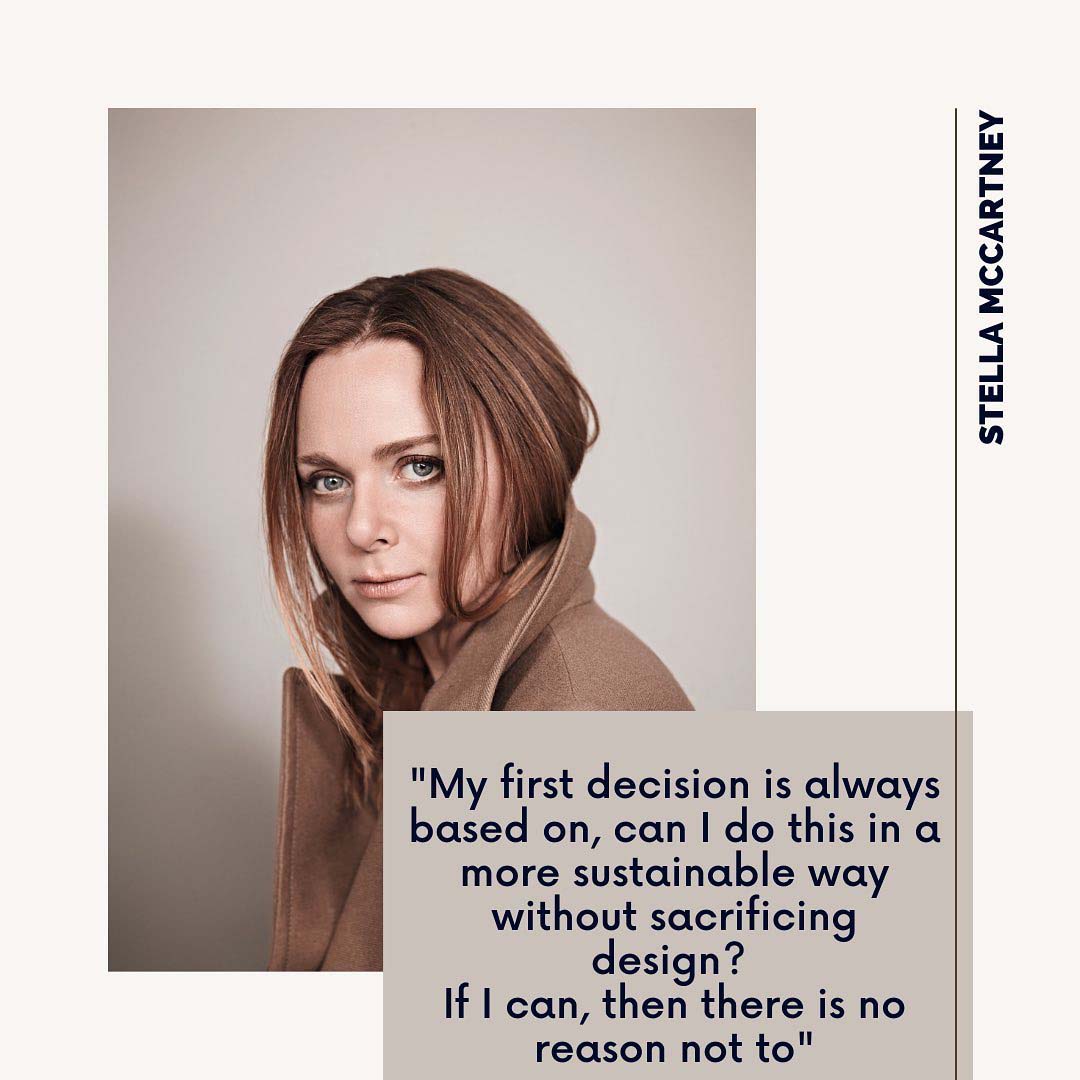
@humberfashionpostgrad on Instagram.
As a member of the Ethical Trading Initiative, Stella McCartney follows International Labor Organization guidelines in selecting suppliers to ensure the ethical and responsible sourcing of raw materials. From here, the brand uses the Science-Based Targets initiative along with other standards to reduce the impact of its production processes, such as by outsourcing all manufacturing to multiple small workshops that produce smaller carbon footprints.
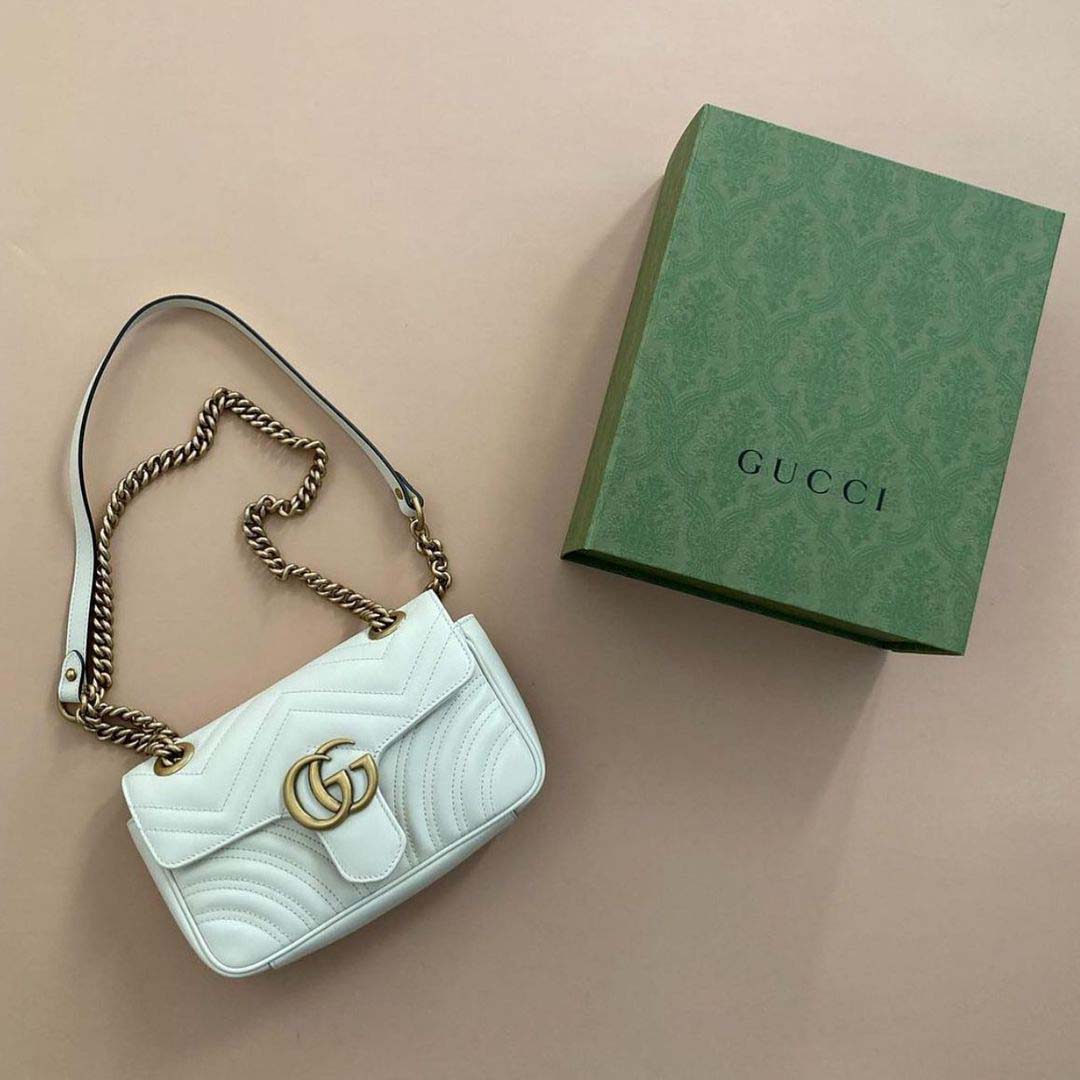
@spill_the_c on Instagram.
Gucci takes it a step further with more sustainable packaging. Everything, from the cardboard the brand uses for its boxes to the suit carriers and ribbons that carry its items, is made from materials like regenerated cotton and recycled polyester. Gucci’s packaging is also adaptable, allowing it to fit more products in every shipment and reduce the number of vehicles used to transport its products.
Ray-Ban and Nanushka: Sustainable material substitutions
Another hurdle designer brands face is what goes into their products: Forbes reports that consumers are looking to buy more sustainable items. That’s why these brands have been pumping funds into developing material substitutions. Now, they’re letting go of traditional materials in favor of eco-friendly alternatives that are sometimes even better than the original.
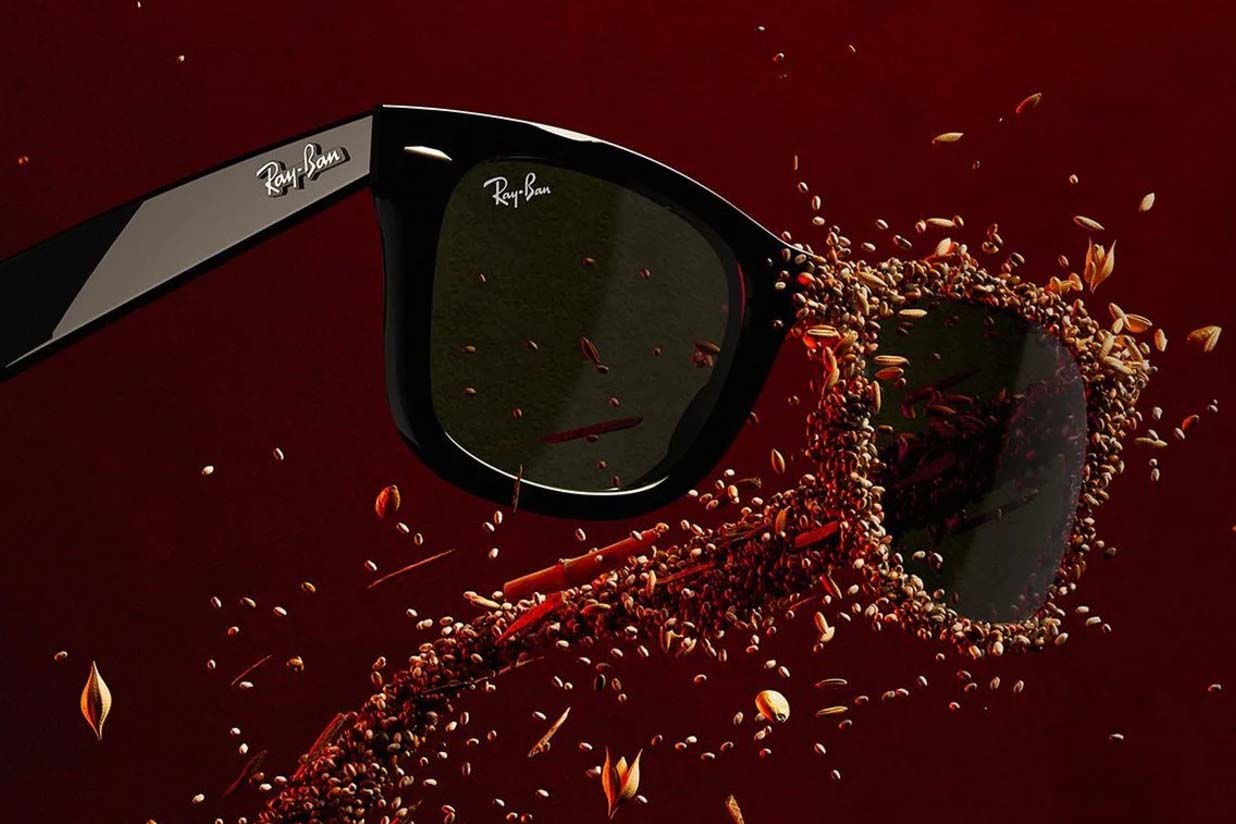
Bio-Acetate Wayfarer © Ray-Ban.
These efforts aren’t limited to clothes, either. Take Ray-Ban’s line of sunglasses; rather than sticking to the eyewear industry’s standard of using acetate frames—made of oil-based plastic—it now offers innovative frame materials through its bio-based collection. Classic models like the Wayfarer are made of recyclable materials like caster oil and even corn, ensuring a more eco-friendly end to their lifecycle.
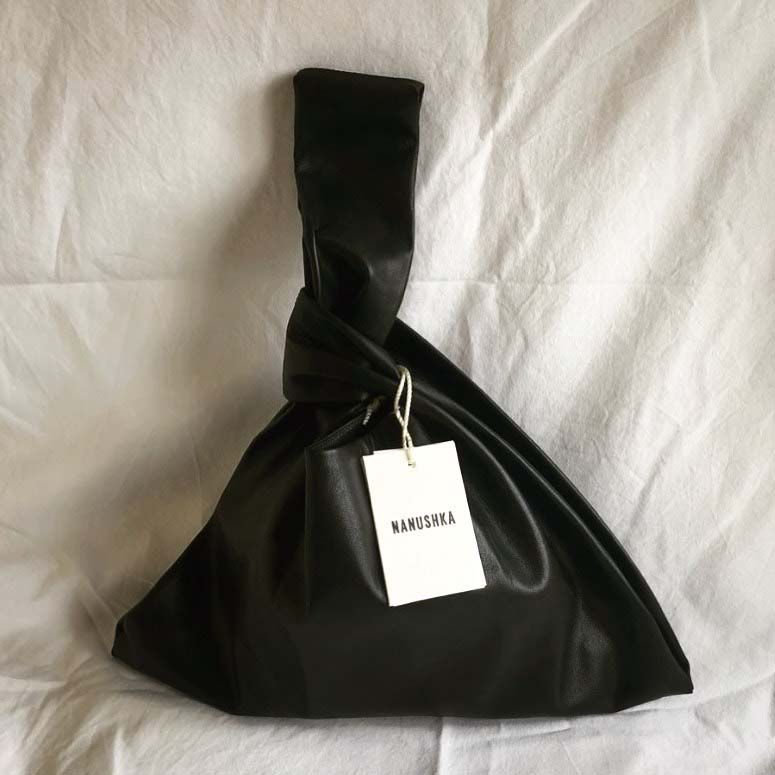
@cynthiaroyer on Instagram.
And if you look over to Nanushka, you’ll see similar efforts being made for another accessory: bags. The brand’s been using vegan leather for years, but it’s gone further by developing its own in-house alternative leather. Called Okobor, it requires 80% less water to use but still replicates the feel of the real thing.
Burberry and Prada: Recycled collections
Finally, we can’t talk about sustainability in fashion without mentioning recycling. Modern designer brands use such initiatives as a way to reduce waste not just in their own production processes, but in areas that are likely to benefit more people, as well.
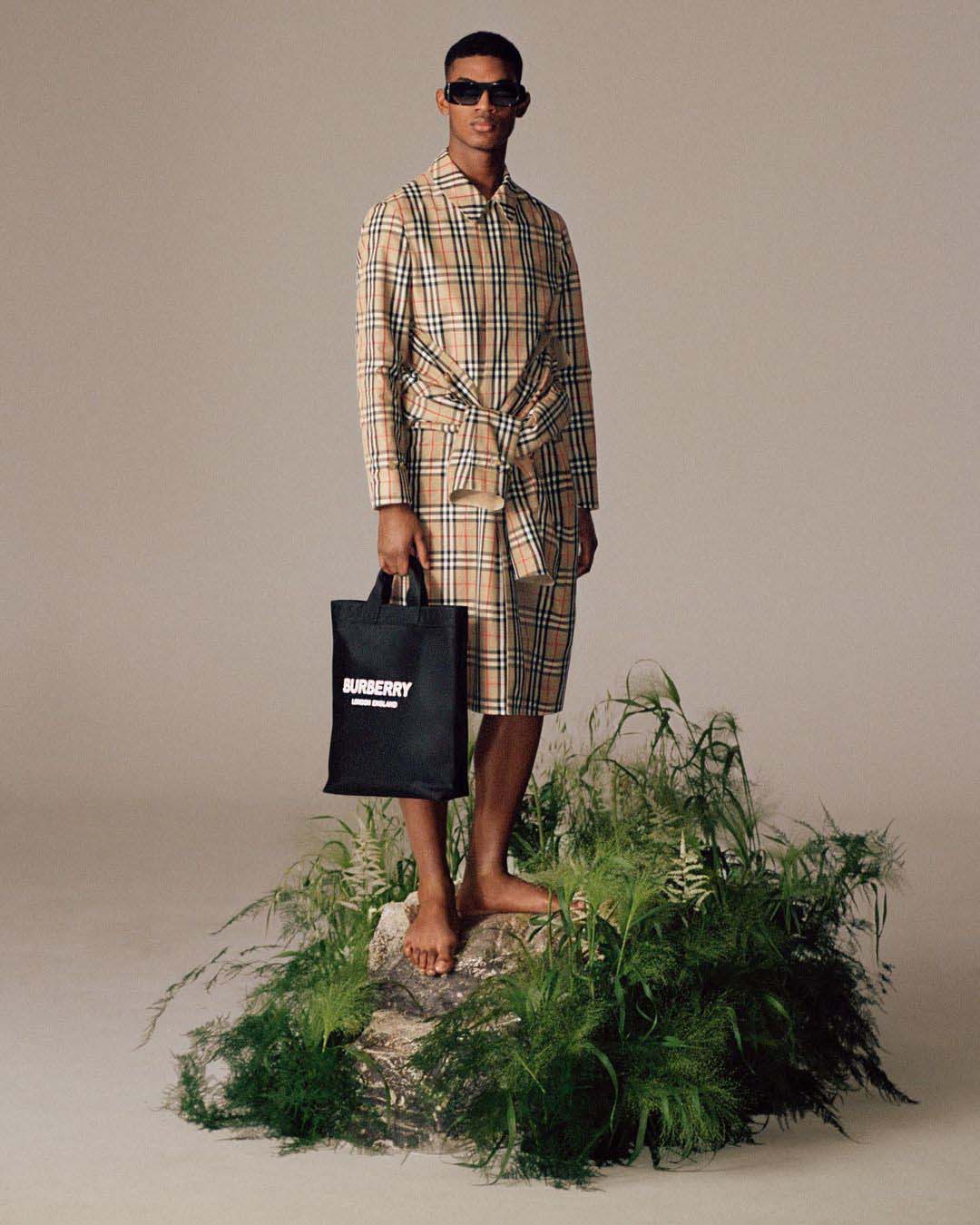
@pamper.my on Instagram.
That’s what Burberry achieved with a sustainable collection under its ReBurberry program in 2020. The ReBurberry Edit line covers everything from parkas to trench coats made from recycled materials, including industrial plastics, discarded fabric scraps, and even fishnets sourced from ocean waste. The program relaunched in 2022 to donate its leftover fabric to fashion students and designers—ensuring nothing goes to waste.
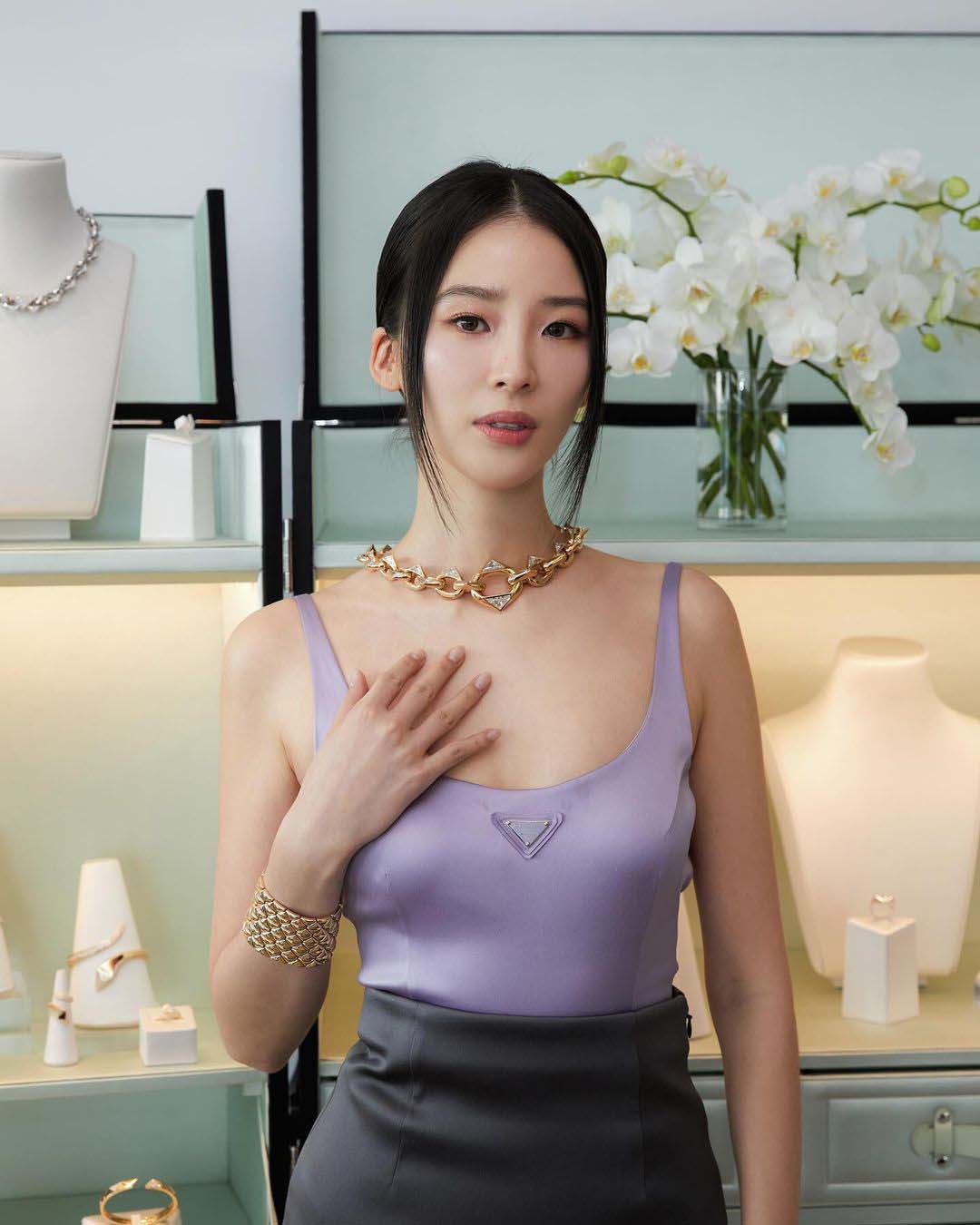
@ireneisgood on Instagram.
Brands are even finding ways to recycle the materials they use in jewelry. Prada’s Eternal Gold collection uses 100% recycled gold, something that’s possible since the recycling process does not degrade the gold’s quality. It even uses an ethical sourcing technique we mentioned for diamonds in our post “Luxury and Sustainability”: tech-powered tracking. With every piece you buy, you get a small electronic card your phone can use to track where the diamonds it uses come from and the sustainability requirements it meets.
